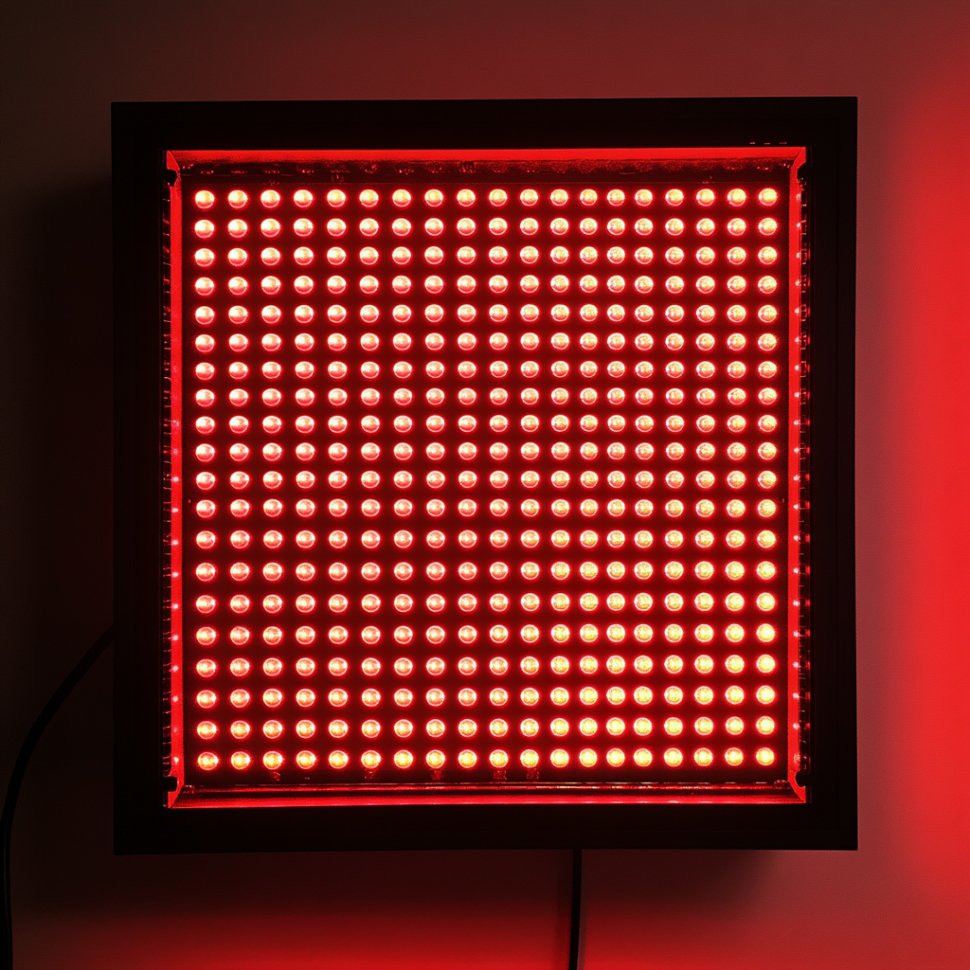Full Body Recovery
Introducing the Mitochondrial Activation Pod.
Welcome to Oval.Bio
Our mission is to empower humanity's vitality by optimizing cellular health through accessible, innovative technology that enhances the body's natural energy production and regenerative capabilities. Our specialized services and our Mitochondrial Activation Pod are safe and inclusive. From elite athletes to wellness enthusiasts, we're helping people unlock their body's natural potential for recovery, rejuvenation, and peak performance.
Proven Results
90% Increased Energy Levels
90% of participants reported feeling more energized post-session, with sustained energy throughout the day.
80% Improved Sleep Quality
80% of participants experience deeper and more restful sleep, with some noting better REM sleep and reduced difficulty falling asleep.
70% Enhanced Mood
70% of participants reported a positive shift in mood, describing themselves as happier and more centered.
60% Faster Recovery from Activity
60% of participants noted reduced soreness and quicker recovery times after workouts.
50% Skin and Hair Benefits
50% experienced improvements in skin quality (e.g., reduced acne, faster healing) and hair growth or density.
40% Improved Cognitive Function
40% mentioned better focus, memory, and mental clarity.
Our Services
45 MINUTE SESSIONS⬬
Our proprietary pod system combines oxygen nano-bubbles, molecular hydrogen, and targeted red light therapy designed to enhance ATP production—the fundamental energy source of every cell in your body. Book a single session today to experience the transformative recovery and rejuvenation through our pod experience.
What our clients are saying
For Your Clinic
Elevate your clinic’s offerings with the Mitochondrial Actvation POD⬬
The Pod is an innovative, science-backed solution designed to enhance recovery, performance, and overall well-being. By integrating red light therapy, hydrogen inhalation, and oxygen-rich immersion, the Pod delivers measurable and positive results for your clients. Increase sales and ROI with strong utilization rates and retention for a wide range of customer profiles. This premium experience not only differentiates your offering but also drives revenue growth. Offer the next level of health optimization and attract high-value clients seeking the future of wellness.




